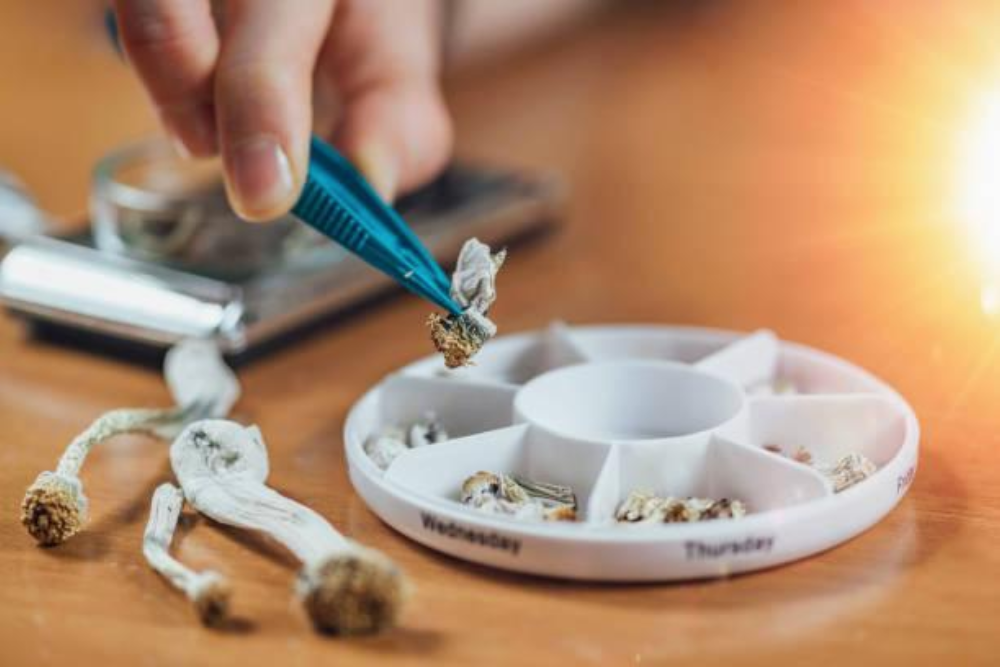Conceptual understanding of Microdosing
Microdosing, a practice that has also begun to increase in recent years, entails taking trace amounts of a compound like LSD or psilocybin. Organizations like City Leaves believe in its capability to help improve thinking process and mood in low quantities without causing the kind of experience noted on high amount products.
This blog is dedicated to the discussion of microdosing as a phenomenon, including its advantages, approaches to using it, and the existing studies.
How Does Microdosing Work?
Although people are exploring the use of microdosing, the precise actions that help this technique to work are still unknown. Despite this, it is assumed that these small doses affect the neurotransmitter systems in the brain and more so, serotonin receptors.
Such an interaction may enhance the mood, creativity or concentration levels hence positively affect the wellbeing of the individuals involved. Different from microdose that is meant to produce low to sub perceptual effects, this means the user will not have hallucinations or major changes in perception.
What are the benefits that users claim to experience while using microdoses?
Microdosing is believed to have a number of advantages and the individuals who use it always mention the following. Some of them are, improved focus, better efficiency, improved mood, and reduced manifestations of anxiety and depression. Also, there are some people who argue that microdosing enhances better imaginative and analytical capacity.
Many of these reported benefits are based on word-of-mouth evidence and not yet supported scientifically, which is why medical research regarding the media’s impact on people is still in its infancy.
What Are the Legal & Ethical Issues?
Permissibility of microdosing of LSD largely differs from one country to the other. Admittedly, in many locations, the substances applied in microdosing, like LSD and psilocybin, are prohibited.
This legal status makes microdosing a somewhat safe activity, but it still raises certain dangers and ethical questions for persons who decide to practice it. Users should ensure that they observe local laws and regulations as provided by the relevant authorities.
Conclusion
Microdosing is one of the most interesting topics within the field of psychopharmacology. Early findings indicate possible benefits, but more studies are required to determine the benefits and drawbacks.
While microdosing is slowly becoming a prevalent practice, it is still crucial for any person engaging in the practice to do so safely and responsibly and continuously educate oneself about the practice.


